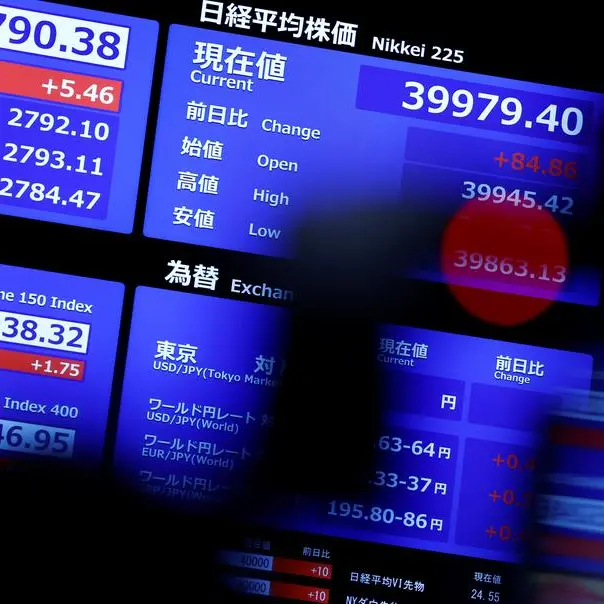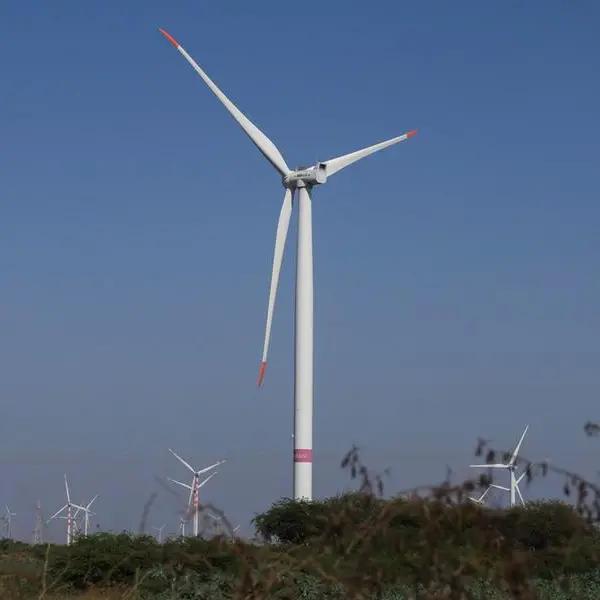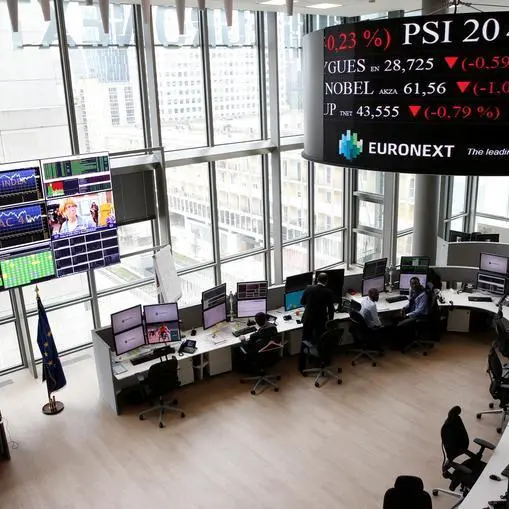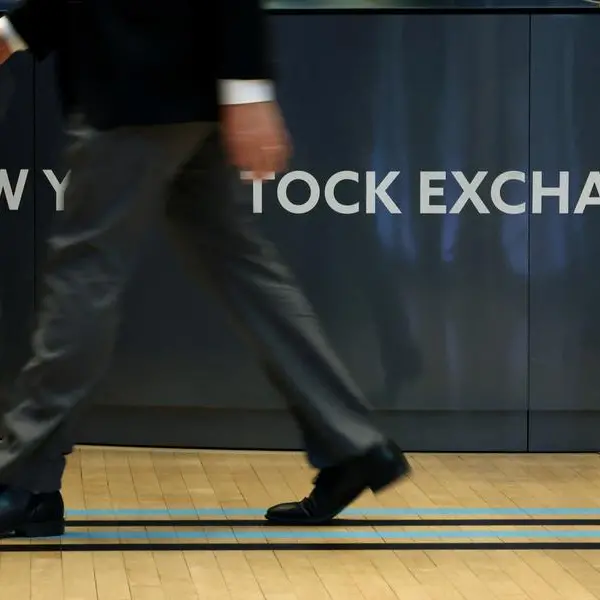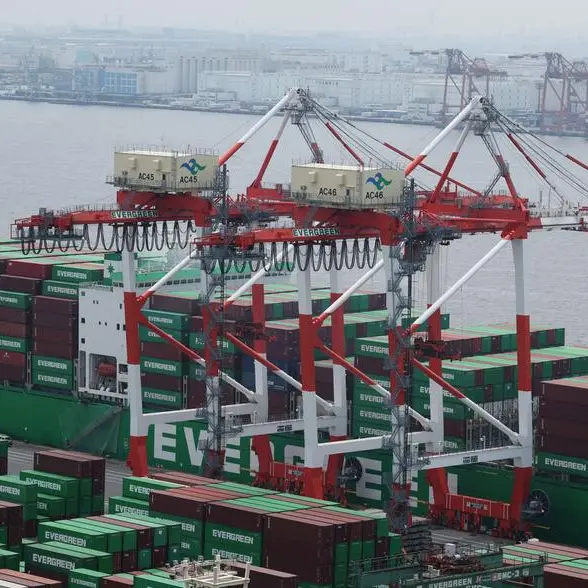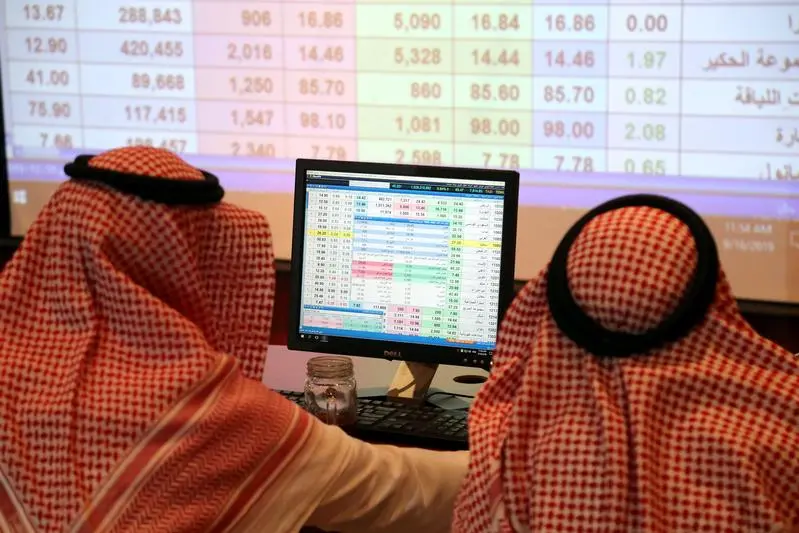PHOTO
A picture illustration shows euro banknotes outside the European Commission headquarters in Brussels November 28, 2011. Image for illustrative purpose.
(The opinions expressed here are those of the author, an investment strategist for Panmure Liberum)
Yields have spiked across government bond markets in recent weeks, with notable jumps in the United States, United Kingdom and Germany. While the catalysts have differed, the moves all indicate that investors may be rethinking their forecasts for a steady decline in long-term government bond yields.
But in Europe, these revisions might not be aggressive enough. Current economic trends and historical patterns suggest long-term bond yields in Europe may remain elevated even as short-term rates fall, which could have meaningful implications for European equities.
MISSION ACCOMPLISHED?
In their fight against inflation, both the European Central Bank and the Bank of England increased interest rates significantly in 2022-23, creating short and shallow recessions along the way. Now that inflation has cooled, both central banks have begun to gradually lower rates. The ECB has already cut three times in 2024, while the BOE has trimmed rates once and is expected to cut again on Nov. 7.
But markets may be underestimating the upside risks to inflation in the region and thus overestimating the likely downward move in bond yields.
First, headline inflation in Europe is likely to rise in the next six to nine months because of base effects impacting energy and food inflation. The ECB and BOE will likely try to look through this, but doing so will be increasingly challenging if declines in core inflation also reverse.
And this is a real possibility. While core inflation is likely to continue falling across Europe in the short term, this decline may stop in 2025 if economic growth re-accelerates and demand increases in line with current economic projections.
Consensus forecasts currently expect lower interest rates to stimulate consumption and investment activity in Europe from the second quarter of 2025 onwards, despite ongoing weakness in Germany, Europe’s largest economy. Household consumption growth in the euro zone is expected to accelerate from +0.8% year-over-year in the next six months to +1.2% YoY in the second quarter of 2025 and then remain elevated for the rest of the year.
And growth in euro zone fixed capital investment is forecast to jump from -1.2% YoY in the first quarter of 2025 to +1.3% YoY in the following three months, before rising to +1.8% YoY by the end of 2025.
The outlook for the UK economy has also recently improved. Manufacturing and services PMIs remain well above the 50-point mark indicating economic expansion, and retail sales data have surprised to the upside for three consecutive months.
All this suggests that the breakeven inflation rates priced into bond yields in Europe could start to rise in 2025, pushing nominal yields higher.
UPWARD PRESSURE
If economic growth in the region does accelerate, the marginal productivity of capital should also increase. A government needing to attract capital in such an environment would thus have to offer higher long-term yields to remain competitive, on a risk-adjusted basis, with the private sector.
And given the additional borrowing indicated by the UK’s new budget released on Oct. 30 and the gaping deficits in large euro zone economies like France, it’s fair to assume that governments in the region will need to attract ever greater supplies of capital in the coming years.
True, the U.S. Federal Reserve is expected to cut interest rates at a steady clip in the coming year, which could put pressure on the ECB and the BOE to keep pace. But given the strength of the U.S. economy and the fact that the Fed’s favourite inflation gauge – core PCE – started rising in September after being stable for three months, investors shouldn’t be too hopeful that the Fed will cut rates as quickly as forecast.
So the case for lower government bond yields rests primarily on expectations that inflation will continue to decline in Europe and that much of the region will drop back into recession.
But is this likely? While the German manufacturing sector has cooled in the last year, Germany’s service economy – which, even in this export powerhouse, represents 70% of the economy – is holding up relatively well.
Meanwhile, most of the surrounding economies are also performing decently. So even if Germany were to slip into a technical recession, the rest of Europe wouldn’t necessarily follow suit.
CURVE STEEPENER
Given this potential for rising near-term inflation pressures in Europe, it’s reasonable to assume that yield curves in the region will become quite a bit steeper than currently expected over the next 15 months.
This scenario wouldn’t be uncommon. In rate cutting cycles in the UK and euro zone over the last 40 years where there was no recession, yield curves typically steepened about twice as much as markets are pricing in this time around.
This steepening would have important consequences for European equities. If long-term bond yields rise while short-term yields drop (even if they don’t fall as much as markets currently expect), discount rates for future cash flows will increase. This would reduce the net present value of these cash flows, so companies with more of their profits in the distant future – i.e., growth companies – would feel more of this pain.
At least that’s what has been seen historically. Going back to the 1980s, European growth stocks, such as technology companies, have underperformed value stocks, like banks and energy companies, by 2.5-5.0 percentage points in years when central banks cut interest rates and long-term bond yields rose.
So even though value has outperformed growth in the European equity market for much of the last two years as economic growth has sagged, such outperformance may continue in 2025 if the European growth engine accelerates and bond yields confound consensus expectations.
(Reporting by Joachim Klement Editing by Anna Szymanski and Mark Potter)


